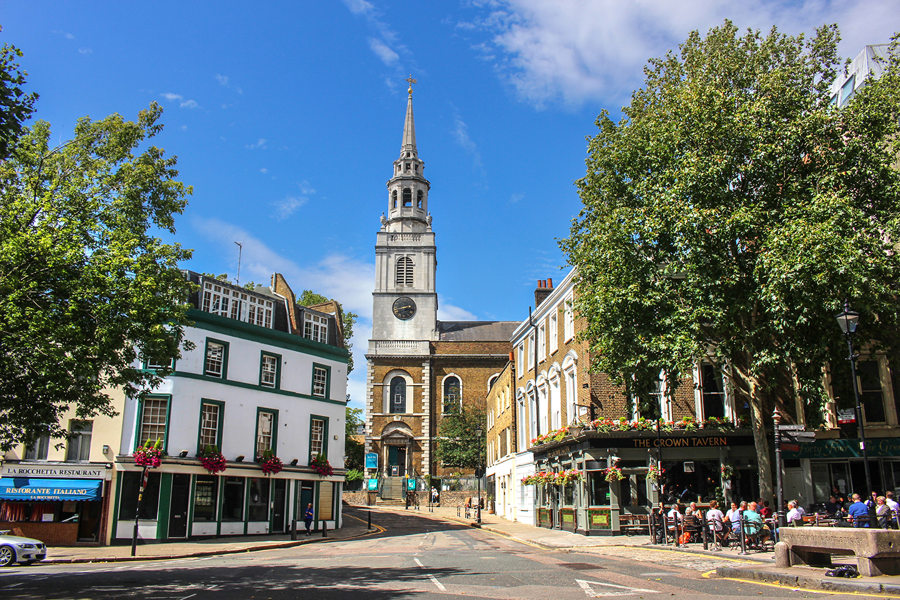The Changing Landscape of Islington Clerkenwell: Navigating the Shift in Land Use
Islington Clerkenwell, a vibrant and historic district in London, has long been a hub of cultural, economic, and social activity. In recent years, however, the area has undergone a notable transformation in terms of land use. This shift is reflective of broader trends in urban development, as well as changing societal needs and preferences. In this article, we will explore the dynamics of Islington Clerkenwell change of use, examining the factors driving this transformation and its impact on the community.
Clerkenwell has a rich history that dates back centuries. Once an industrial and manufacturing center, the area was characterized by warehouses, workshops, and factories. Over time, however, the nature of industry evolved, and many of these spaces became obsolete. The resulting vacancy in these buildings paved the way for a shift in land use.
One prominent trend in Islington Clerkenwell’s change of use is the conversion of industrial and commercial spaces into residential units. The demand for housing in central London has led developers to repurpose old warehouses and factories into modern, stylish apartments. This not only addresses the housing shortage but also adds a contemporary touch to the area while preserving its historical architecture.
As the nature of work has changed with the rise of remote and creative industries, Islington Clerkenwell has seen an influx of cultural and creative enterprises. Former industrial spaces are now home to art studios, co-working spaces, and tech startups. This transformation not only revitalizes the district but also fosters a dynamic and innovative community.
While the change of use has brought new life to Islington Clerkenwell, it has also posed challenges for existing businesses. Traditional shops and long-standing establishments may face increased competition as the area attracts a different demographic. Balancing the preservation of local businesses with the need for economic growth is a delicate challenge that community leaders and policymakers must navigate.
Recognizing the importance of community engagement, local authorities and residents are actively involved in shaping the transformation of Islington Clerkenwell. Preservation efforts aim to maintain the district’s historical identity, ensuring that the architectural heritage and cultural significance are not overshadowed by modernization.
The change of use in Islington Clerkenwell is not without its challenges. Striking a balance between modernization and preservation, addressing the concerns of existing businesses, and managing the impact on housing affordability are critical considerations. However, these challenges also present opportunities for a more sustainable, inclusive, and dynamic urban environment.
Islington Clerkenwell’s change of use reflects the ever-evolving nature of urban landscapes. The district’s transition from an industrial hub to a diverse and dynamic community highlights the adaptability and resilience of urban spaces. As stakeholders continue to collaborate and address the challenges posed by this transformation, Islington Clerkenwell is poised to emerge as a model for sustainable and community-driven urban development.



Comments are closed